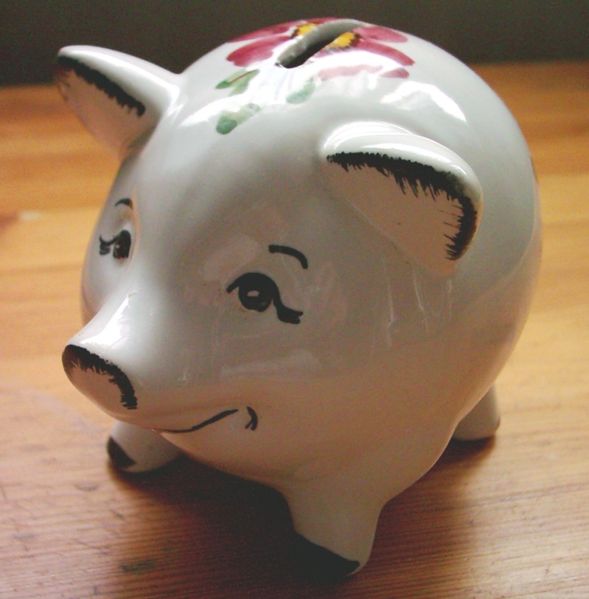When users look at smartphone apps, many want to try before they buy. As Chris Anderson wrote in Wired magazine, there's a significant psychological cost to any price above zero, no matter how small it seems: "The truth is that zero is one market and any other price is another." So a lot of app developers use the freemium model; it's become popular for Android, BlackBerry, webOS, and iPhone apps since Apple allowed in-app purchases in iPhoneOS 3.0.
How can developers best use the freemium approach to their advantage? My substitute yoga instructor demonstrated a great technique.
In a ten-week session, the regular teacher was out for weeks two and three, so we had a substitute. It turned out she worked at another exercise studio. She did a great soft-sell for her business that made me appreciate the art of the freemium up-sell. (Strictly speaking, this didn't fit the freemium model, because we were already paying for the ten-week class, but that was a sunk cost, so the principle is the same.)
First, the substitute instructor came to the first class, taught by the regular instructor. So the sub got a sense for the techniques and level the class would be accustomed to.
Lesson 1: Take the time to research your audience. Learn as much as you can about the people using your free version. This might mean using app analytics (like Mobclix, Flurry, or AdMob) to gather information on what features people use most. If there are premium features that paid users love, tell the free users about those features. You could also ask for feedback within your app to see what else people want to be able to do, then build those features and charge for them.
Second, the substitute instructor did a good job teaching her classes, so the class knew she was an expert. She went around and helped us individually, and she asked us what areas of our bodies we wanted to work on.
Lesson 2: Whenever you put out a free version, make sure you use the opportunity to impress your target audience. Make the giveaway so good that people want to pay for your premium version. Don't give away all the features for free, but make sure that what is included is top-notch, useful, and leads users to understand the utility of your premium features.
Third, only after teaching her last class did the instructor approach anyone. This was the right time because we already respected her. Had she tried to sell us before she began teaching us, we would've been wary and thought her too self promoting.
Lesson 3: Give your freemium pitch after you've demonstrated the utility of your free app. This means not asking users to upgrade the minute they open your free iPhone app for the first time; who's ready to buy something the minute they walk in the store? Instead, wait until they're engaged: Suggest a purchase when they've reached a certain level (e.g. level two of a game or after repeated use of a feature in your utility app) or the second time they launch the app.
Fourth, after teaching her last class, while everyone was rolling up their mats, the substitute instructor went around to each student and thanked him or her individually. Then she told each student she taught classes at this other studio and offered her card in a low-pressure manner. Her manner matched her product: a high-pressure sales pitch for a relaxation and wellness activity like yoga would've been out of place.
Lesson 4: Begin your freemium upsell by thanking the user, with customized content if possible, for using your free version. Then give users a way to upgrade if they want your premium offering or to contact you if they have questions about the upgrade. For example, if your Android app is a contact manager, say "You've used 20 of the 25 contact slots. Would you like to upgrade for $2.99 to get unlimited contacts?"
Image credits: Yoga pose: The Ashram yoga; Piggy bank: Wikipedia.





Reading "How to use the freemium model: Four lessons from my yoga instructor" http://tarpipe.com/rA
This comment was originally posted on Twitter